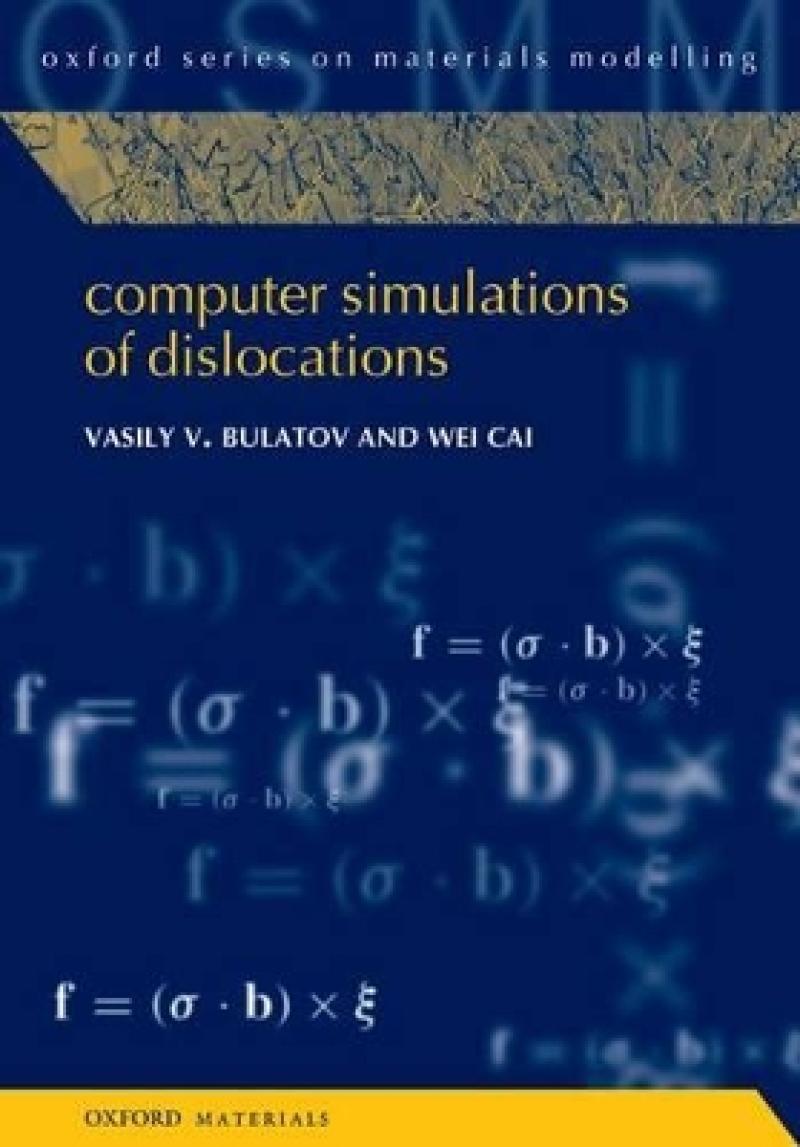Vasily V Bulatov, Lawrence Livermore National Laboratory
Education:
B. Sc., theoretical physics, Moscow Physical Engineering Inst. (1979)
Ph. D., materials physics, USSR Academy of Sciences (1986)
Appointments:
Senior scientist, Inst. of Chemical Physics, Moscow (1997)
Research scientist, Massachusetts Institute of Technology (1990-1998)
Visiting scientist, Harvard University (1996-1997)
Staff scientist, senior scientist, Lawrence Livermore National Laboratory (1999-present)
Awards:
William and Mary Greve Foundation fellow (1990),
Alcoa Foundation Award (1996), UK Institute of Physics fellow (2001) Wei Cai, Department of Mechanical Engineering, Stanford University
Education:
B.Sc., optoelectronics, Huazhong University, PRC (1995)
Ph. D., nuclear engineering, Massachusetts Institute of Technology (2001)
Appointments:
Lawrence Fellow, Lawrence Livermore National Laboratory (2001-2004)
Assistant Professor, Stanford University (2004-present)
Awards:
Manson Benedict Fellow, Department of Nuclear Engineering, MIT (1999)
Graduate Student Award, Materials Research Society (2000)
The Lawrence Fellowship, Lawrence Livermore National Laboratory (2001)
Presidential Early Career Award for Scientists and Engineers (2004)
Frederick E. Terman Fellowship, Stanford University (2004-2007)
Les mer

